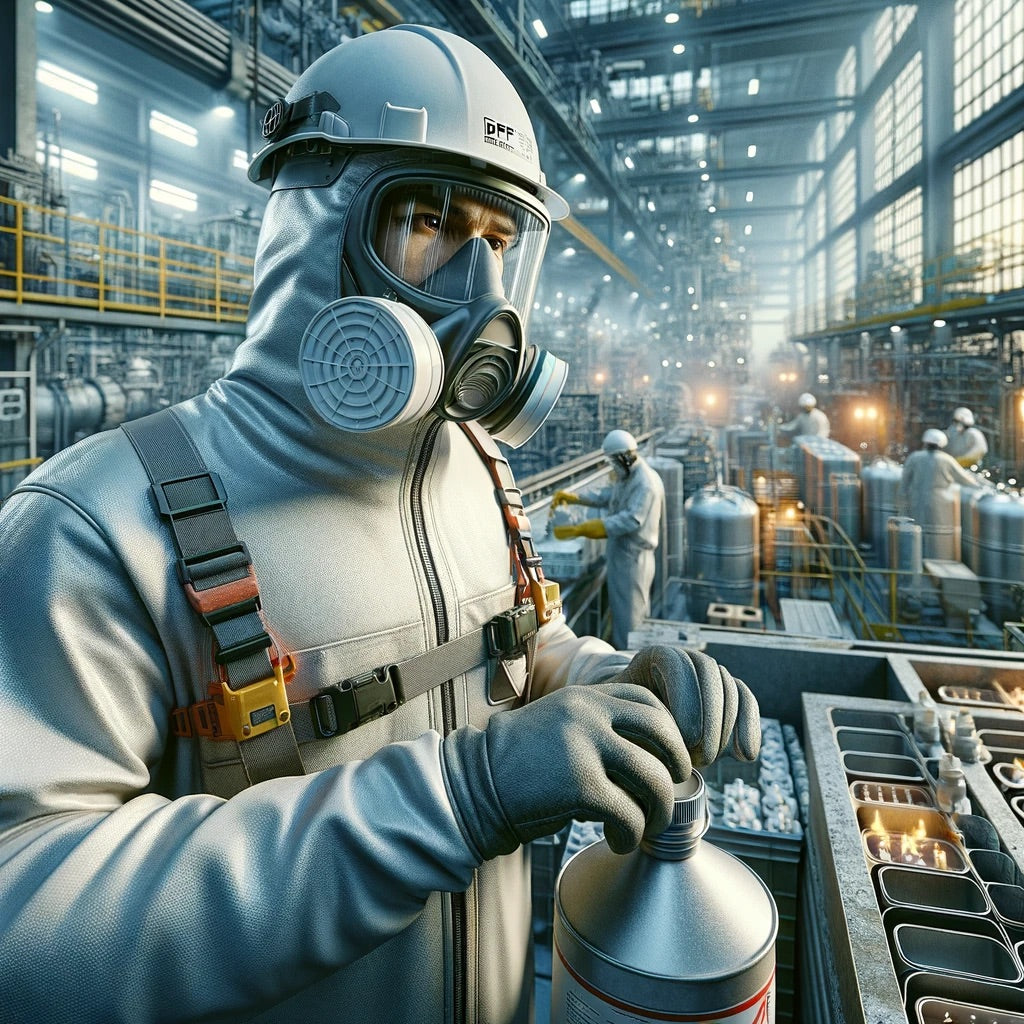Respirators and masks are important personal protective equipment designed to protect people's respiratory systems from various airborne contaminants. In this article, we will discuss the various respirator filters, their classification, and their uses.
Main Types of Filters
1. Mechanical filters – These filters absorb particles such as dust, mist, mold, etc. They are made of dense fabric that physically traps the particles.
2. Chemical Filters – Used to protect against various chemical vapors and gases. These filters are often made of activated carbon or other materials that adsorb or chemically transform hazardous substances.
3. Combination filters – Combine the properties of both of the above filters, providing protection against both particles and gases.
Filter Classification and Standards
Filters are classified according to their ability to retain particles and chemicals of a certain size. In Europe, filter classification is determined by the EN 149 standard, which divides filters into three classes:
• FFP1 – the lowest level of protection, retains up to 80% of particles.
• FFP2 – medium level of protection, captures up to 94% of particles, often used in healthcare.
• FFP3 – the highest level of protection, captures up to 99% of particles, used in highly polluted work environments.
The US uses the NIOSH standard (N95, N99, N100), where the number indicates the percentage of particles that the filter can trap.
Using Filters
• Industry – protection against particles, vapors and gases in industrial plants.
• Healthcare – protection against infections, including viruses and bacteria.
• Construction – protection against particles caused by building materials.
• Emergency situations – used in cases of fires, chemical spills.
Conclusion
When choosing respirators, it is important to consider the specific risks and work environment in order to choose the right type and class of filters. A properly selected filter will not only protect the health of the worker, but will also help prevent possible occupational diseases. Buyers are recommended to purchase products that meet high quality standards and are verified by appropriate certificates. For the safety of workers, it is necessary to invest in quality personal protective equipment and regularly train employees in their correct use and maintenance.
Filter maintenance and replacement
It is important not only to choose the right respirator and filter, but also to ensure their proper maintenance and timely replacement of filters to maintain the effectiveness of protection:
• Regular filter replacement – Filters should be replaced according to the manufacturer's instructions or when there is a change in smell or taste, which may indicate that the filter is saturated with contaminants.
• Storage and Cleaning – Respirators should be stored in dry, enclosed areas to avoid the risk of mold or other contaminants. Masks that allow cleaning should be cleaned and disinfected regularly.
Technological advances
Scientific research and technological advancements are leading to increasingly efficient filters that can capture ever-smaller particles and neutralize hazardous chemicals more effectively. There is also increasing attention to the environmental impact of filters, with the aim of reducing their ecological footprint.
Summary
Properly selected and used respirators and their filters are critical to ensuring personal safety in various industries and everyday life. Qualified workers, using modern technology and top-class personal protective equipment, can significantly reduce the risks associated with the work environment. It is important for both traders and consumers to know how to properly select, use and maintain these devices to ensure maximum protection and effectiveness.

